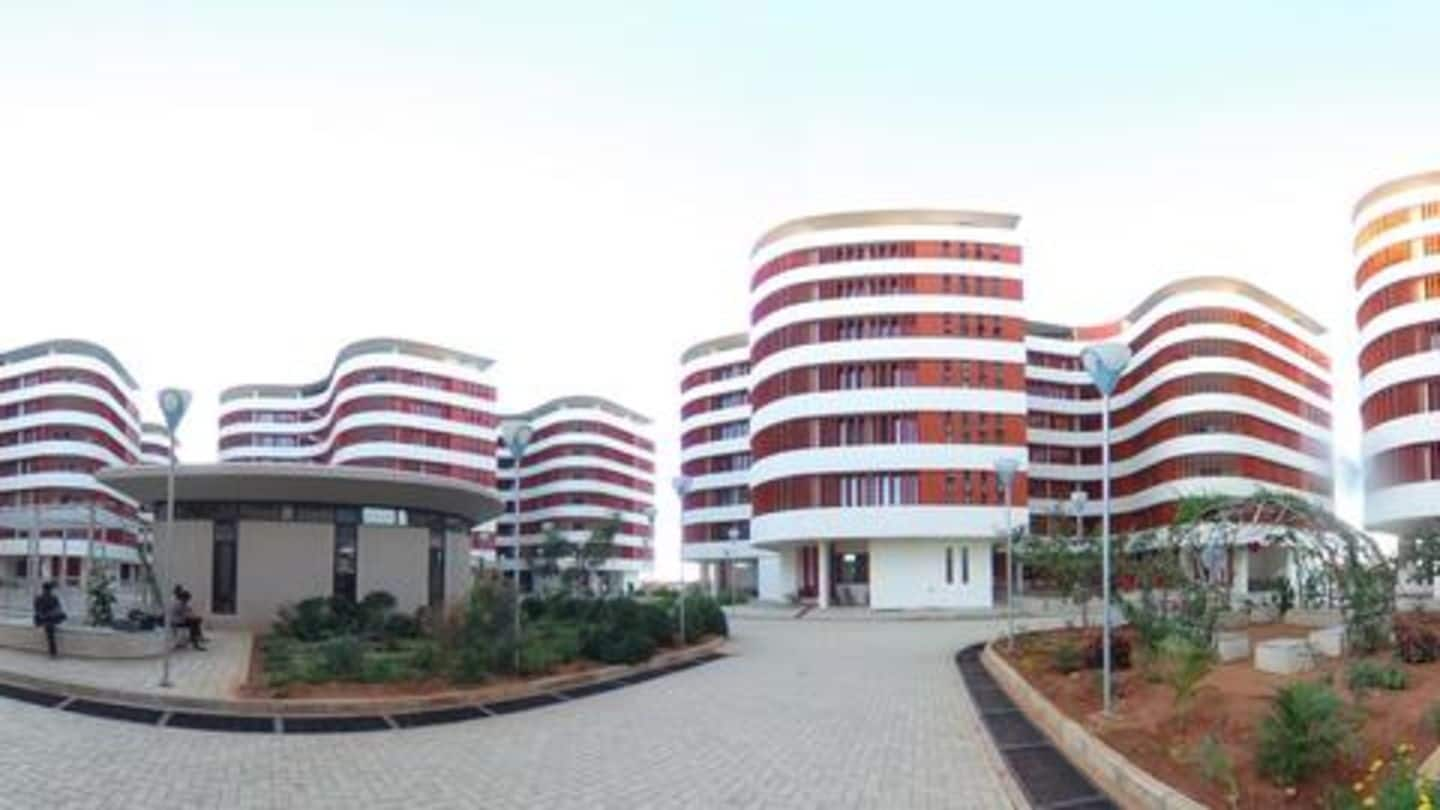
Did IIT Hyderabad researchers just crack making longer-lasting roads?
What's the story
Researchers at the Indian Institute of Technology (IIT), Hyderabad have just come up with a unique model that could help in the construction of roads that last longer. The model, called the reliability-based design optimization (RBDO) can help accurately gauge fatigue in road surfaces and road performances, which could then be used to make long-lasting roads. Here's how it works.
Road types
First, let's understand how roads are made
Typically, a road surface is made up of multiple layers of different materials superimposed above the existing natural soil. This helps distribute the load of traffic volume on the road. Road surfaces could either be rigid (made of high strength concrete to bear traffic load directly), or flexible (made of successive layers that transmit vehicle load downwards from the surface).
Details
RBDO combines optimization approach with reliability assessment: IIT professor
"RBDO is a modeling technique that combines optimization approaches with reliability assessment of structures," IIT Hyderabad Professor Sireesh Saride (Civil Engineering) told PTI. RBDO predicts road safety in multi-layered flexible pavements by analyzing fatigue and rutting (surface depression) criteria and also accounts the variability arising from distinct design parameters. The team included B Munwar Basha, Associate Professor at IIT Hyderabad, and PRT Pranav.
Information
Did you know India has world's second-largest road network?
India has the world's second-largest road network after the United States and has around 4.37km of roads per 1,000 people. In the past two decades, there's been a drive to pave Indian roads. Reportedly, until 2016, only about 62.5% of Indian roads had been paved.
Findings
Here's what the IIT-H researchers found
Saride explained that flexible pavements are more advantageous due to adaptability to stage-wise construction, easy patchwork, and the low cost of materials required. The flexible model comprised four layers- subgrade, granular subbase, base, and bituminous. Studies conducted on the model discovered that the thickness and resilient modulus of the bituminous layer is an instrumental factor to be considered for fatigue failure.
Information
Why is construction of roads so challenging?
Road surfaces or pavements are required to provide comfortable riding quality, suitable light reflecting characteristics, optimum skid resistance, and low noise pollution. Construction of roads requires designing surfaces as per traffic demands, while also considering the demand for natural construction materials.
Quote
'Pavements are complex layered structures,' says Saride
Speaking about the factors that affect the longevity of roads, Saride noted in a statement, "The pavements are complex layered structures influenced by many factors such as material properties, environmental and climatic conditions, traffic volume, subgrade soil profile, construction practices, and pavement aging process." "Hence, transportation agencies require innovative techniques to address the variabilities associated with the influencing factors," he added.
Information
Research results were also compared to AASHTO data
The results obtained from the simulation studies were then paralleled with data from the American Association of State Highway and Transportation Officials (AASHTO). Basha noted, "AASHTO overestimated reliability by 10-40% compared to RBDO because the former didn't consider variability associated with geometrical and material properties."